3D Printer Price
- People have been hoping that the 3D printer price would drop. This ingenious device has been much discussed for the last few years but the cost was always something that only mega -corporations could even consider. Suddenly, in just the last year or two, prices for certain kinds of 3D printers have dropped so significantly that they cost roughly the same as your next computer or mobile phone purchase.
- When 3D printers was first introduced, it was a marvel everyone wanted a piece of. The problem was, not everyone could afford the hefty price tag it came with. 3D printing is new and still pretty expensive, but when you leave it to great minds to pull together power of crowdsourcing and passionate people, there are always alternative solutions.
3D Printer Performance Attributes
Selection of the right 3D printer and 3d printer price is driven by application requirements and matching the key performance criteria that will provide the best all-around value. Here are specific 3D printer performance attributes to consider when comparing various 3D printers.
Part Price:
Part cost is typically expressed in cost per volume, such as cost per cubic inch or cost per cubic centimeter. Costs for individual parts can vary widely even on the same 3D printer depending on specific part geometry, so be sure to understand if the part cost provided by a vendor is for a specific part or a “typical” part that is an average across a group of different parts. It is often helpful to calculate part cost based on your own suite of STL files representing your typical parts to determine your expected part costs.
To define the part price, look at:
- Vendor’s estimate based on your typical parts
- Material cost should include consumption of build and support materials, waste and other consumables depending on the technology.
- Printer amortization, manual labor cost and facility requirements need to be considered.
- Recycling rate for powder based technologies.
Feature Detail Resolution:
One of the most confusing metrics provided on 3D printers is resolution, and it should be interpreted carefully. Resolution may be stated in dots per inch (DPI), Z-layer thickness, pixel size, beam spot size, bead diameter, etc. While these measurements may be helpful in comparing resolution within a single 3D printer type, they are typically not valid comparison metrics across the spectrum of 3D printing technologies.The best comparisons are provided by visual inspection of parts produced on different technologies. Look for razor sharp edge and corner definition, round circles, minimum feature size, sidewall quality and surface smoothness. A digital microscope may be helpful when examining parts, as these inexpensive devices can magnify and photograph small features for comparison. When 3D printers are used for functional testing, it is critical that the printed parts accurately reflect the design.



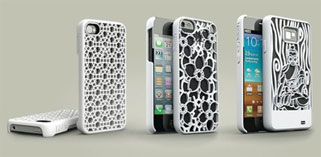

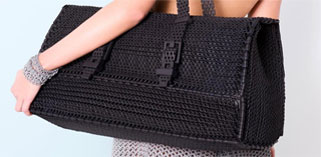
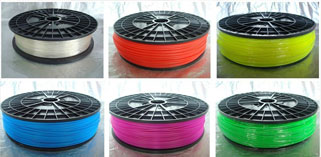
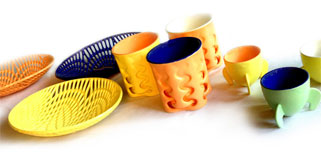
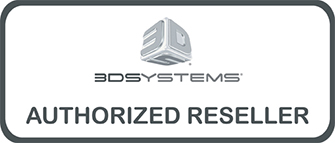










If not a registered user